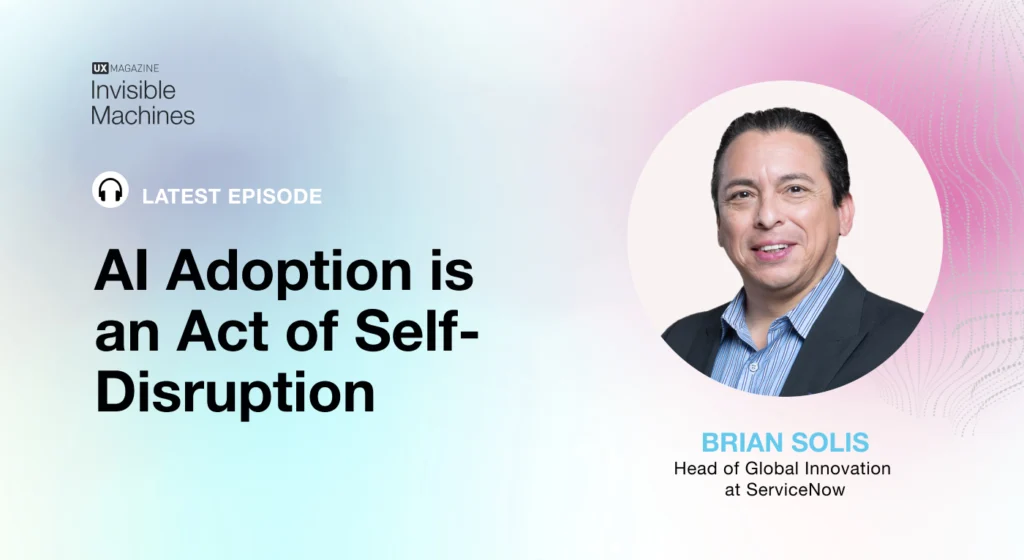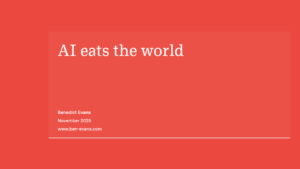
Brian Solis, is a digital anthropologist and futurist who serves as the Head of Global Innovation at ServiceNow and is the former Head of Global Innovation at Salesforce. Brian is a bestselling author of Mindshift, which helps leaders learn how to see emerging trends, harness disruptive forces, and use them to fuel growth.
Brian joins Robb and Josh, the authors of Invisible Machines, to talk with us about the importance of self-disruption in AI adoption. With so many genAI projects failing to reach production, this episode looks at approaches taken by IKEA and Airbnb that have induced the kind of mind shift that invites self-disruption. Brian, who’s been called the CEO whisperer, also talks about the nuanced difference between “aha” and “uh-oh” moments and the pitfalls of hopeless optimism.
Brian Solis’s works: https://briansolis.com/books/
AI Adoption is an Act of Self-Disruption ft Brian Solis, Head of Global Innovation at ServiceNow
via UX Magazine
What does it really take for businesses to successfully adopt AI? According to Brian Solis, digital anthropologist, futurist, and Head of Global Innovation at ServiceNow, it’s not just about new tools. It’s about self-disruption.
Dubbed “the CEO whisperer,” Brian brings decades of experience advising leaders at the highest levels. In this thought-provoking episode of Invisible Machines, he joins Robb Wilson and Josh Tyson to discuss why true AI adoption requires rethinking nearly every layer of business infrastructure, and how the C-suite mindset must shift to meet the challenge.
The conversation dives into:
- What self-disruption looks like at the enterprise level.
- The difference between “ah-ha” moments and “uh-oh” moments in innovation.
- How storytelling can make or break technology adoption.
- Lessons from companies like IKEA and Airbnb that embraced self-disruption.
- Why hopeless optimism can be just as dangerous as resistance to change.
- What a future awash in simulations and predictions could look like.
This is a brisk, jam-packed episode that offers both strategic insights and practical inspiration for leaders navigating the AI-first future. Tune in now to hear Brian Solis on Invisible Machines and discover why AI adoption is the ultimate act of self-disruption.
Key chapters
0:00 — Intro
0:34 — Guest intro: Brian Solis (ServiceNow futurist, author of Mindshift)
1:07 — Why AI adoption requires self-disruption
1:26 — Aha vs Uh-oh moments with AI
5:30 — Why Brian is called the “CEO Whisperer”
8:30 — Rethinking failure & success (beyond SV mantras)
12:11 — Storytelling as strategy: Disney & Airbnb lessons
21:40 — MindShift: disruption as a deliberate choice
23:10 — Embrace complexity (the VC decision lens)
25:10 — Iteration vs innovation: redefining growth
29:00 — ROI vs “Return on Ignorance” (cost of not acting)
34:01 — Multiple futures & scenario planning
39:08 — Organizational AGI: companies as futurists
43:28 — IKEA case study: automation + augmentation
46:12 — NVIDIA & the power of simulations
Mindshift | Newsletter | Speaking





Leave a Reply